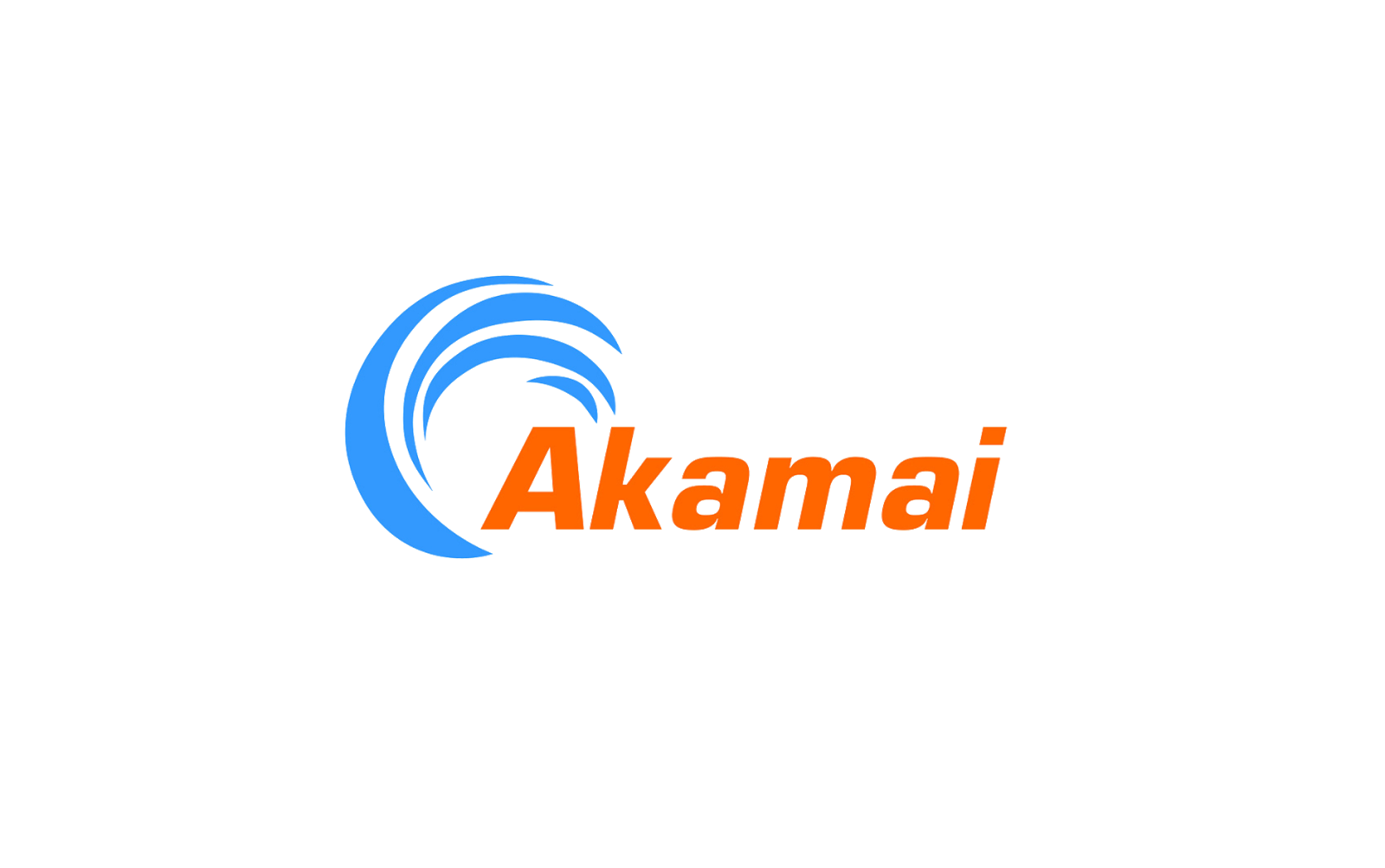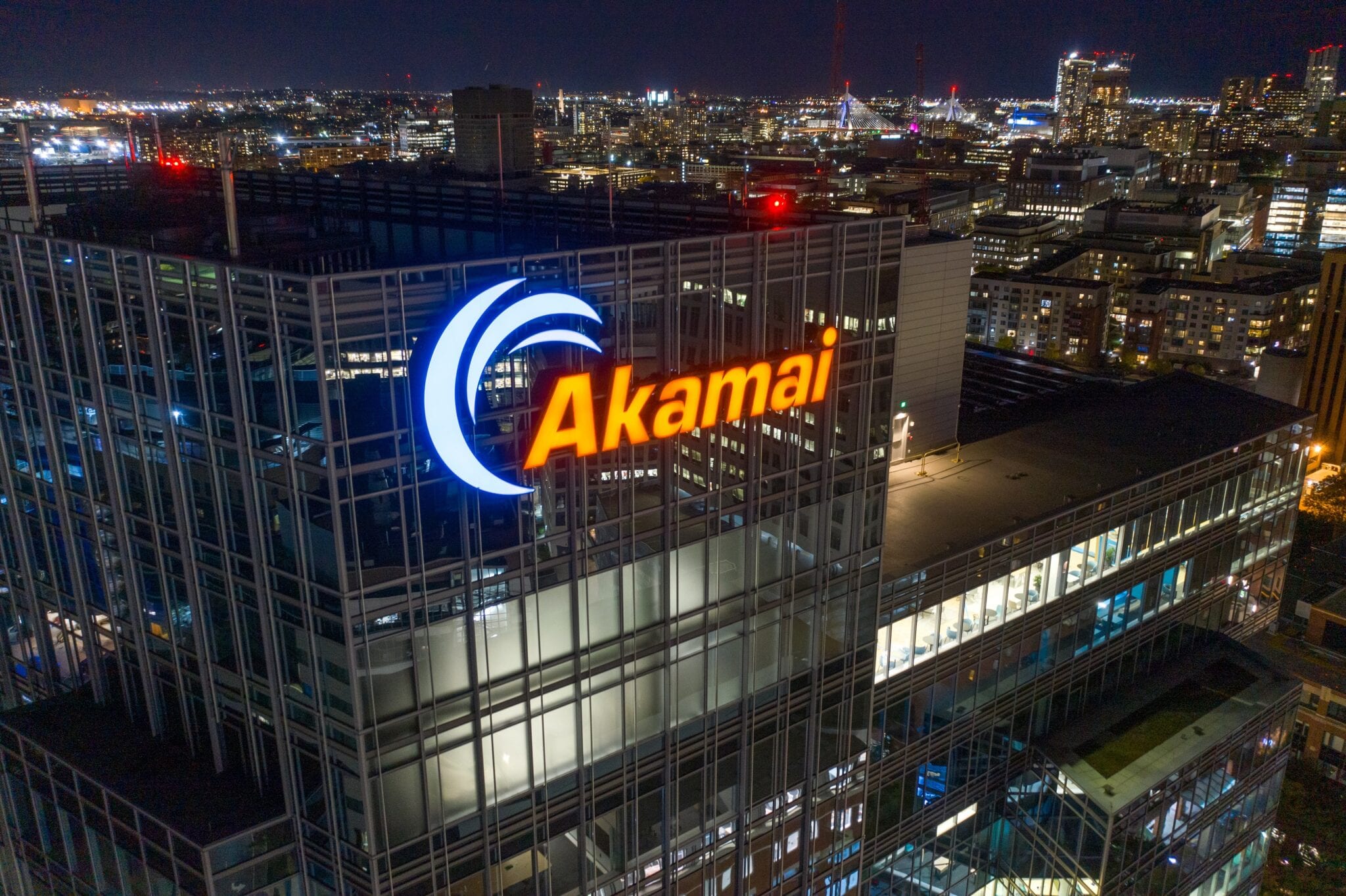Akamai’s Adaptive Media Delivery (AMD) is a comprehensive solution for optimizing the streaming experience for end-users across various devices, networks, and content formats. Here’s how AMD enhances streaming experiences:

1. Adaptive Bitrate (ABR) Encoding:
AMD encodes video content into multiple bitrates (video quality levels). This allows users to automatically switch to a lower bitrate during network fluctuations, ensuring smooth playback without interruptions.
2. Dynamic Content Selection:
AMD determines the optimal bitrate for each user based on their device, network bandwidth, and content type. This ensures that users receive the best possible quality for their specific conditions.
3. Intelligent Caching:
Akamai’s extensive global network of edge servers caches frequently requested content closer to users. This reduces latency and improves the overall streaming experience, particularly during peak usage times.
4. HTTP Live Streaming (HLS) Support:
AMD fully supports HLS, a popular streaming protocol that enables adaptive streaming across various devices and platforms. This ensures compatibility with a wide range of end-users and devices.
5. Network Optimization:
AMD employs proprietary algorithms to optimize network conditions and minimize interruptions. It works with Internet Service Providers (ISPs) to prioritize streaming traffic and minimize packet loss.
6. Media Quality Assurance:
AMD continuously monitors video quality and provides real-time analytics to identify and resolve any issues that may affect the streaming experience. This ensures that users receive consistent high-quality streaming.
7. Reporting and Analytics:
AMD provides comprehensive reporting and analytics to help content providers and broadcasters understand user behavior, monitor streaming performance, and optimize their content distribution strategies.
Benefits of Using AMD:

- Improved user experience: Ensures smooth, uninterrupted streaming even on congested networks.
- Reduced buffering: Adaptive bitrate encoding and dynamic content selection minimize buffering and improve the overall quality of experience.
- Increased reach: Supports a wide range of devices and platforms, expanding content availability.
- Cost optimization: Caching and network optimization techniques reduce bandwidth consumption and save on delivery costs.
- Enhanced security: Protects content from piracy and malware through industry-standard encryption and security measures.
Akamai’s AMD is a trusted and industry-leading solution for delivering high-quality streaming experiences to end-users. By optimizing content delivery, it helps content providers and broadcasters maximize their reach, engage audiences, and generate revenue while delivering a superior streaming experience.## How Akamai’s Adaptive Media Delivery Optimizes Streaming Experiences

Executive Summary
Akamai’s Adaptive Media Delivery (AMD) solution empowers businesses to deliver seamless streaming experiences to their users across diverse devices and network conditions. By leveraging cutting-edge technologies, AMD ensures high-quality video playback, reduces buffering, and enhances the overall viewer engagement. This comprehensive guide explores the key aspects of AMD and its impact on optimizing streaming experiences.
Introduction
In the era of streaming dominance, delivering high-quality video content has become imperative for businesses to engage audiences and drive growth. However, factors like network congestion, device variations, and geographical distribution can significantly impair streaming experiences. Akamai’s AMD addresses these challenges head-on, providing a robust and scalable solution for optimized video delivery.
Frequently Asked Questions
-
Q: What is Akamai’s Adaptive Media Delivery?
- A: AMD is a cloud-based solution that optimizes video delivery for live, on-demand, and interactive streaming. It uses intelligent techniques to adapt video bitrate and format based on real-time network conditions and device capabilities.
-
Q: How does AMD improve streaming experiences?
- A: AMD reduces buffering, ensures consistent video quality, and minimizes bandwidth consumption, resulting in a seamless and enjoyable user experience.
-
Q: What are the key benefits of using AMD?
- A: AMD offers numerous advantages, including increased viewer engagement, reduced churn rates, enhanced brand reputation, and improved revenue generation.
Subtopics
1. Dynamic Bitrate Adaptation
- Dynamic bitrate adjustment ensures optimal video quality based on network bandwidth and device capabilities.
Adapts the video bitrate in real-time, allowing for smooth playback even during network fluctuations.Reduces buffering by proactively adjusting bitrate based on network conditions.Enhances the viewing experience by providing the best possible quality for each device and network combination.Supports multiple video formats, including HLS, DASH, and CMAF.
2. Intelligent Caching
- Akamai’s Intelligent Platform (AIP) caches video content at strategically located edge servers across the globe.
- Reduces latency and improves performance by delivering content from the closest server to the viewer.
- Prevents congestion by distributing content closer to the end user.
- ~~Enhances availability** by replicating content across multiple edge servers.
Supports scalable content delivery** to handle large-scale streaming events.
3. Network Optimization
- Optimizes network routing to minimize latency and packet loss.
- Detects and mitigates network congestion through real-time traffic analysis.
- ~~Prioritizes video traffic** to ensure a consistent and reliable experience.
- ~~Reduces buffering** by optimizing the delivery of video chunks.
Supports various network protocols**, including HTTP, TCP, and QUIC.
4. Video Analytics
- Provides comprehensive insights into streaming performance metrics.
Monitors video quality, bandwidth consumption, and user engagement.- ~~Identifies areas for improvement** by analyzing video playback behavior.
- ~~Tracks key performance indicators** (KPIs) to measure the effectiveness of streaming delivery.
Supports customizable dashboards** for real-time monitoring and reporting.
5. Security
- Protects content from unauthorized access through encryption and tokenization.
- ~~Complies with industry standards** for content protection, including DRM.
- ~~Prevents piracy** by safeguarding content from illegal distribution.
- ~~Ensures data privacy** by encrypting video content during delivery.
Supports secure video playback** across multiple platforms and devices.
Conclusion
Akamai’s Adaptive Media Delivery is a powerful solution that revolutionizes streaming experiences. By leveraging dynamic bitrate adaptation, intelligent caching, network optimization, video analytics, and robust security features, AMD enables businesses to deliver high-quality video content to their audiences seamlessly. As the demand for streaming continues to soar, AMD will remain a cornerstone for optimized video delivery, ensuring unparalleled viewer engagement and business success.
Keyword Tags
- Adaptive Media Delivery
- Video Streaming Optimization
- Dynamic Bitrate Adaptation
- Intelligent Caching
- Network Optimization

